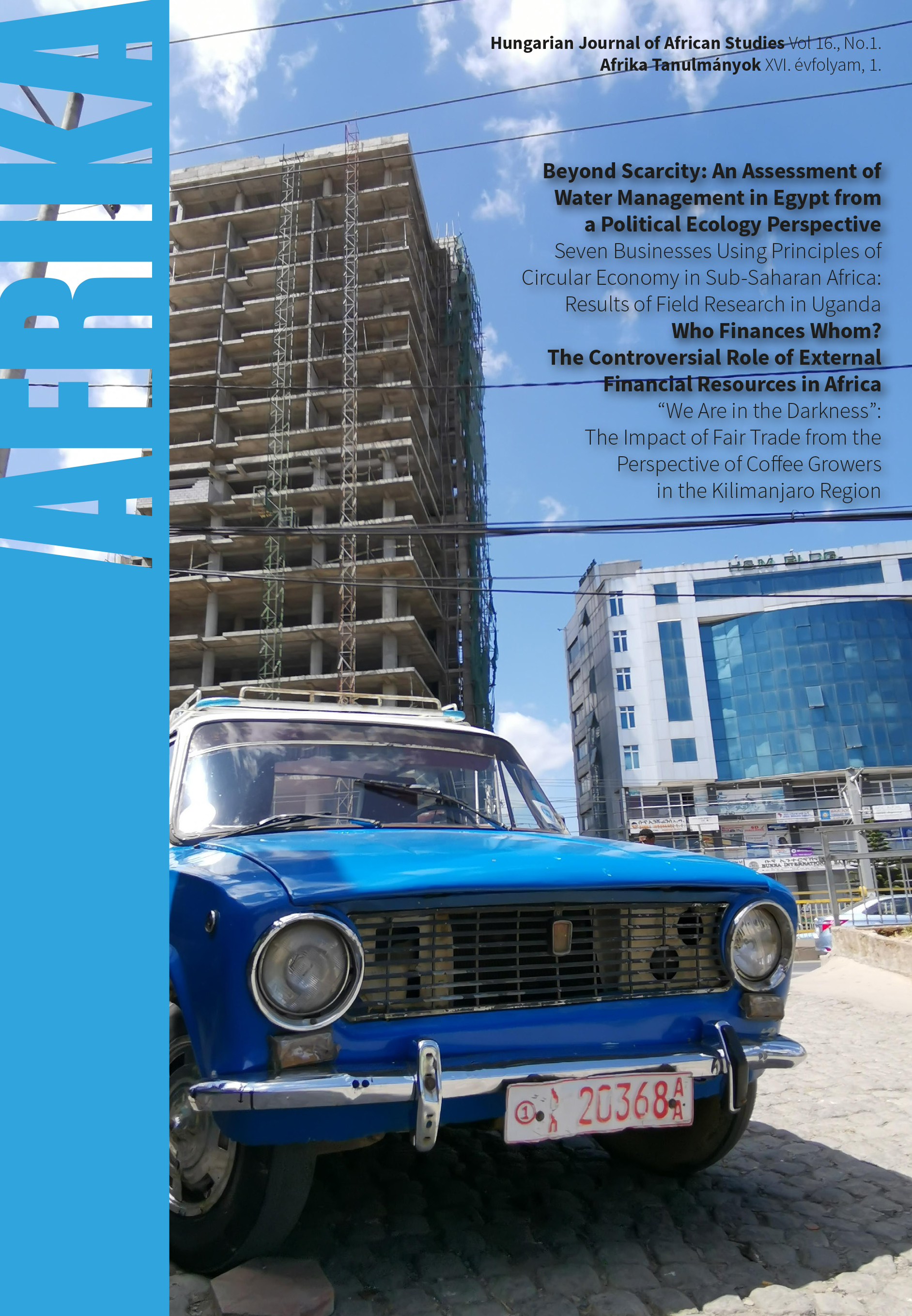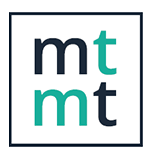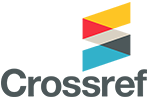Who Finances Whom?
The Controversial Role of External Financial Resources in Africa
DOI:
https://doi.org/10.15170/AT.2022.16.1.3Keywords:
saving-investment gap, aid, FDI, remittances, capital flight, illicit financial flow, financial haemorrhageAbstract
In contrast to the highly developed countries and some developing regions, Africa highly depends on external resources of financing development. According to the saving-investment gap concept, there is a significant gap between savings and investment rates. As domestic resources are limited and their mobilization is slow, the region should rely on external sources of finance (i.e., aid, export revenues, FDI, loans, and remittances) in order to close the finance gap. Despite the massive inflow of external resources, the 200 billion USD yearly financing gap still prevails. The outflow of financial resources from Africa in the form of profit repatriations, debt service, tax dodging, capital flight and illicit financial flow exceeds the inflow, suggesting that Africa is a bottomless barrel. The long-standing concept about the saving-investment gap does not provide a full explanation for the prevailing financing gap. The main research questions are as follows: (a) Why is there a permanent financing gap in Africa? b) Why does the outflow of financial resources exceed the inflow? c) What should be done to close the financing gap and solve the problem of financing development?
The paper is structured as follows: Section 1 is based on the saving-investment gap concept and explores the validity of this theory in Sub-Saharan Africa. The conclusion of Section 1 is that there is a permanent finance gap in SSA, consequently, the region should rely on external sources of finance. Section 2 introduces the main external sources of finance (aid, FDI and remittances) and reveals the major trends and characteristics of these flows. As the saving-investment gap is smaller than the amount of external financial inflow, two questions arise: Where does the money go? Is Africa suffering from a financial haemorrhage? Section 3 tries to identify those “leaks” which drain Africa’s accumulated domestic and external resources by analysing the main channels of financial outflows such as capital flight and illicit financial flows. In the conclusion we present the financing situation of Africa and answer the question “Who finances whom?” and make recommendations for enhancing development finance. The final conclusion is that not the external world finances Africa, but Africa finances the world. The issue of financing Africa’s development cannot be solved without (a) mobilizing domestic resources (including domestic savings), (b) attracting external resources as well as improving the use and avoiding the misuse of inflowing financial resources, and (c) curbing capital flight and tackling illicit financial outflow.
Downloads
Published
How to Cite
Issue
Section
License

This work is licensed under a Creative Commons Attribution-NonCommercial-NoDerivatives 4.0 International License.
















